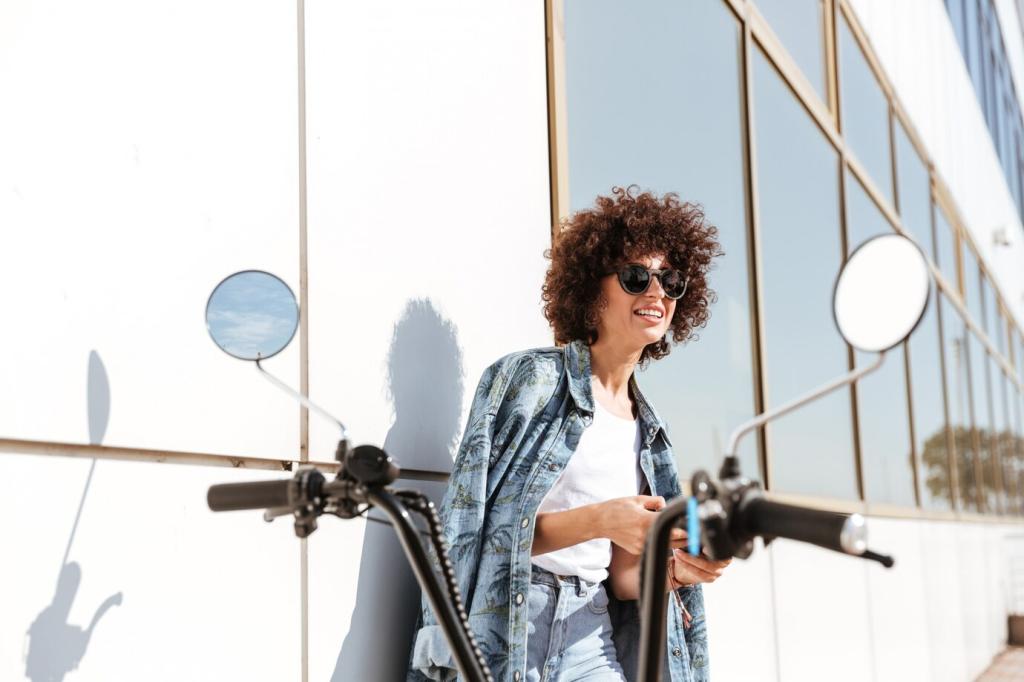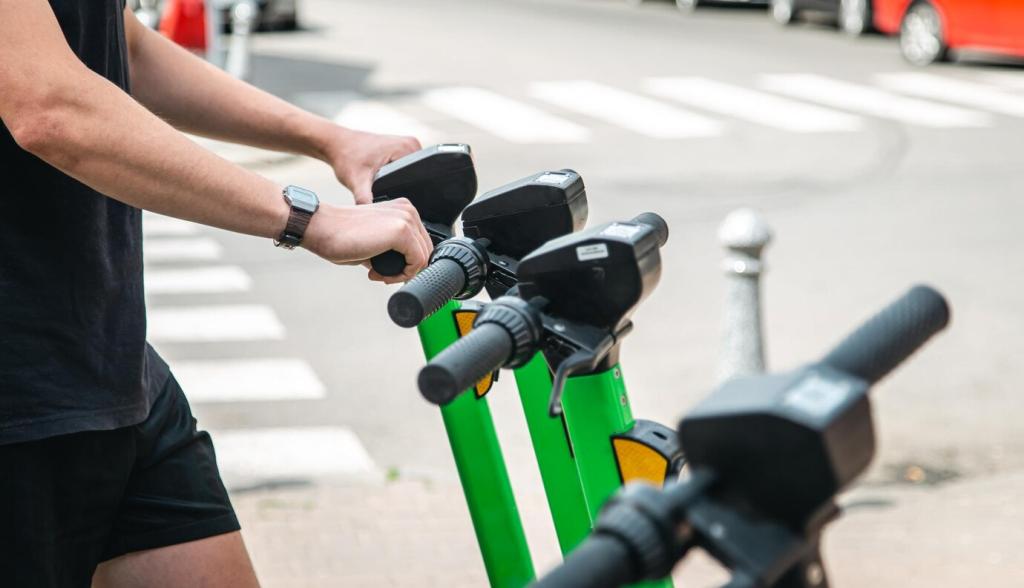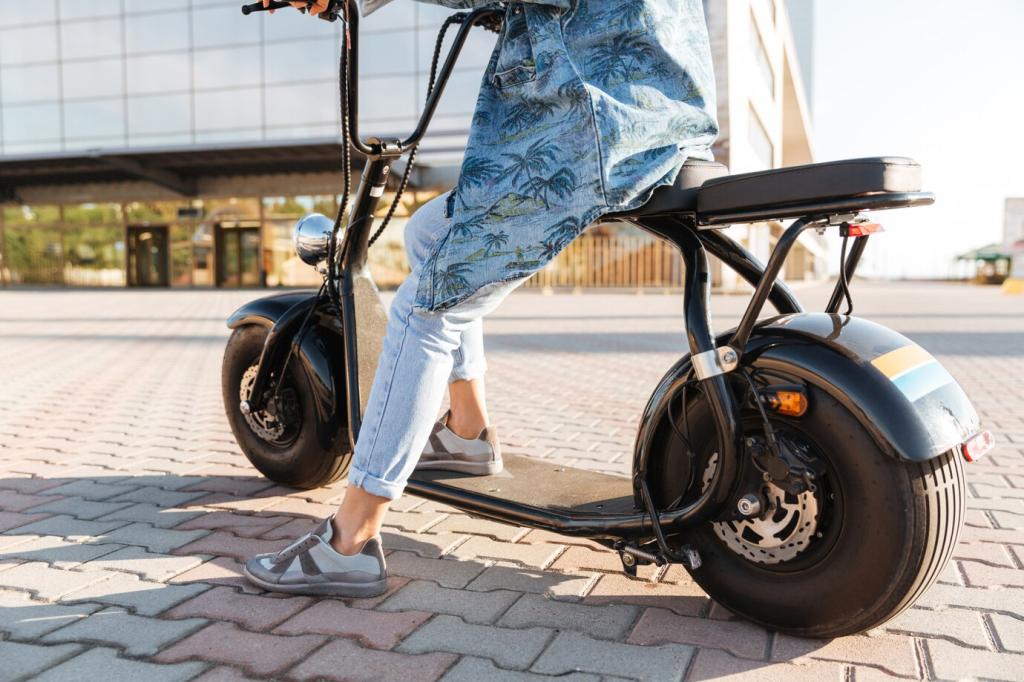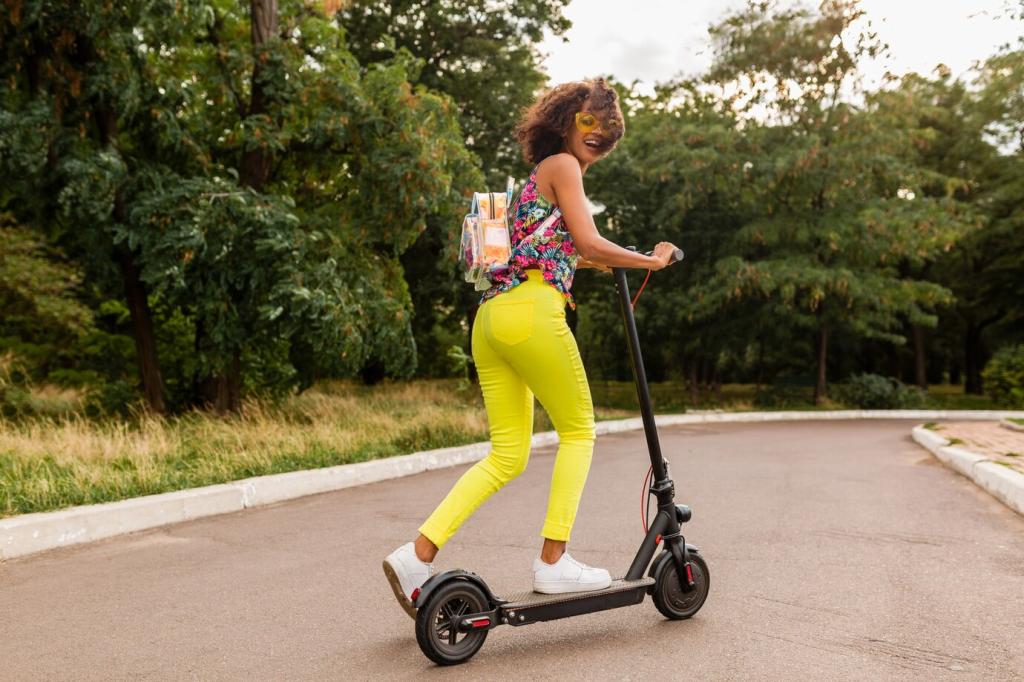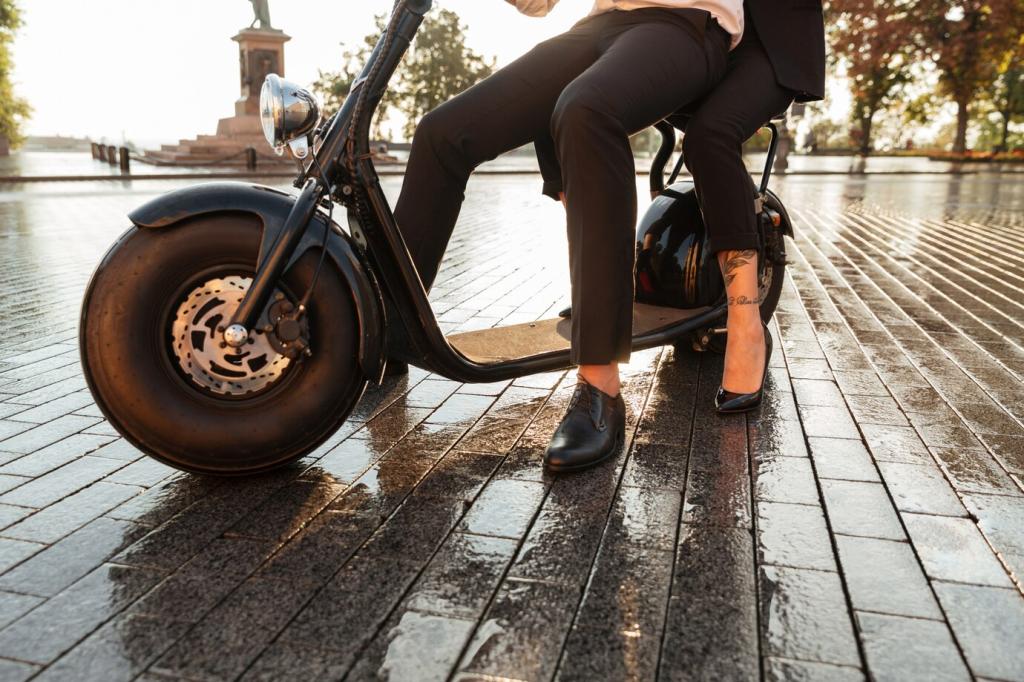Braking and Traction: Stopping Power You Can Feel
Keep pressures within manufacturer ranges, adjusting for rider weight and cargo. Slightly lower pressures can improve grip on rough surfaces, but avoid pinch flats. On wet cobbles, a siped tread and patient throttle control make the difference between drama and non‑event.
Braking and Traction: Stopping Power You Can Feel
Bed in new pads with repeated gentle stops until friction layers evenly. Replace worn pads promptly, align calipers to silence squeal, and keep cables or hoses free of kinks. Have questions about your setup? Drop them below and compare notes with fellow commuters.
Braking and Traction: Stopping Power You Can Feel
Expect stopping distances to increase on wet or gritty roads, sometimes dramatically. Reduce speed, brake earlier, and keep weight centered and relaxed. Practice controlled stops in a quiet lot, so your muscle memory stays calm when the street throws surprises.
Braking and Traction: Stopping Power You Can Feel
Lorem ipsum dolor sit amet, consectetur adipiscing elit. Ut elit tellus, luctus nec ullamcorper mattis, pulvinar dapibus leo.

